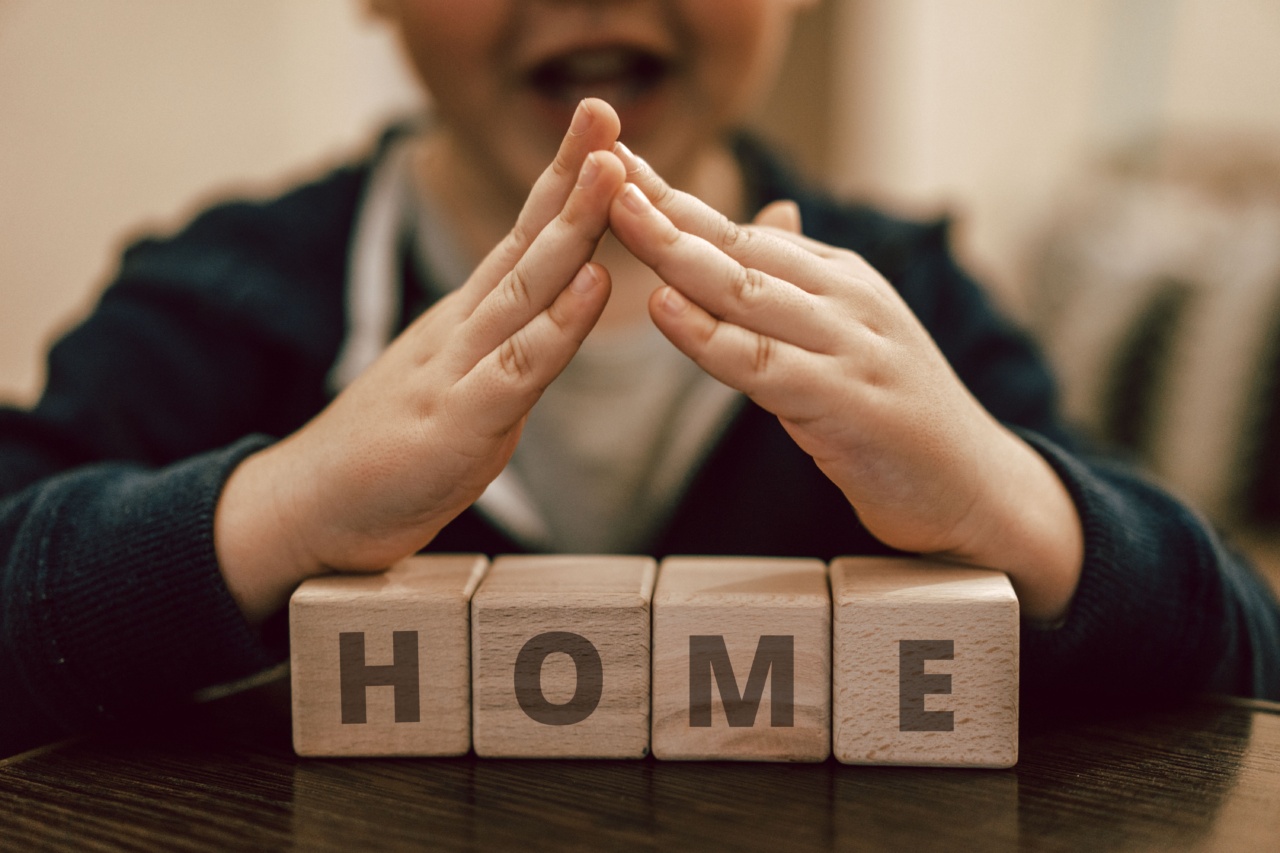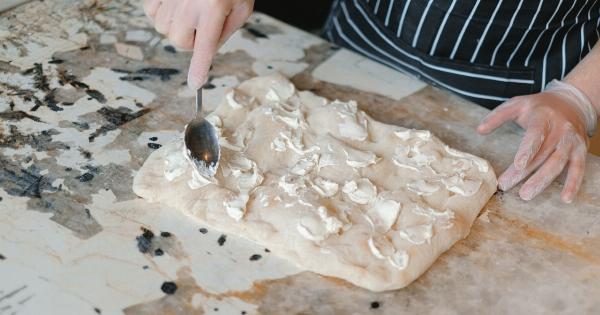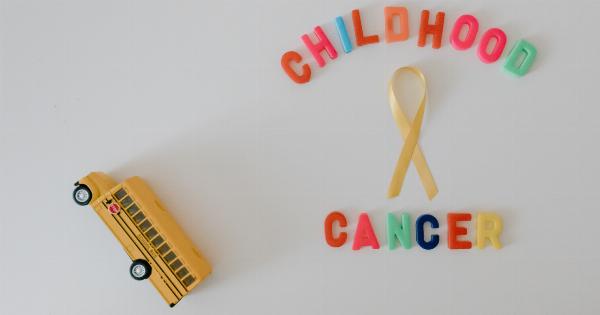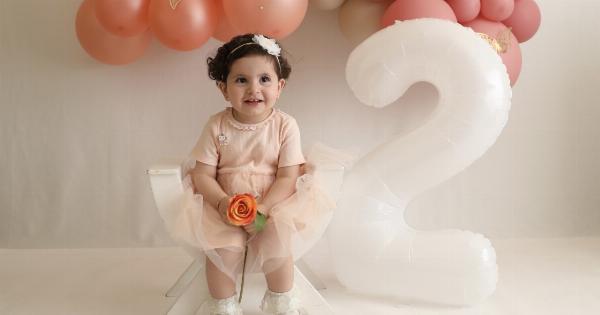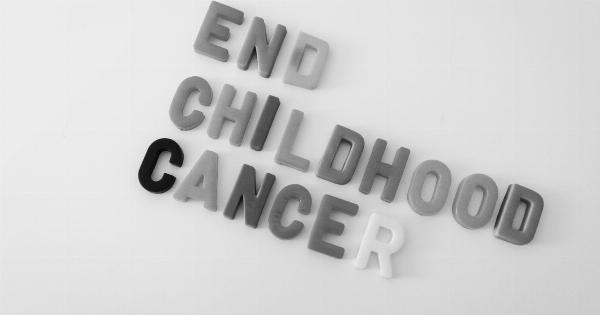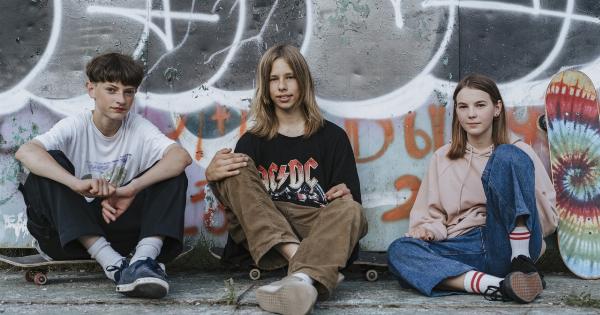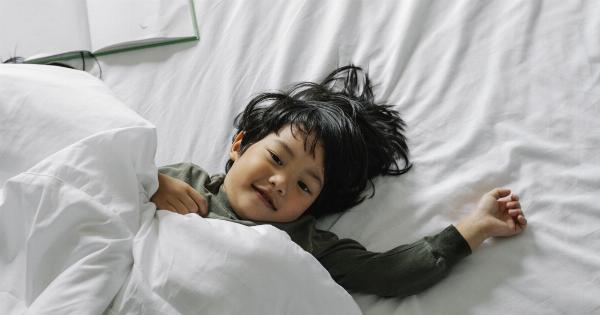Childhood cancer is a serious condition that affects thousands of children each year. It’s a heartbreaking diagnosis for parents to hear, but there is hope.
The Hope Association is a non-profit organization that is dedicated to beating childhood cancer.
The Problem
Childhood cancer is a devastating disease that affects millions of families worldwide. According to the American Cancer Society, more than 11,000 children under the age of 15 are diagnosed with cancer each year in the United States alone.
Childhood cancer is the leading cause of death by disease in children under the age of 15.
While the diagnosis of childhood cancer can be terrifying, there is hope. With the right treatment and support, many children with cancer can conquer the disease and live happy, healthy lives.
The key is to get them the help they need as soon as possible.
The Hope Association’s Mission
The Hope Association is a non-profit organization that is dedicated to beating childhood cancer.
Its mission is to provide support to children with cancer and their families, fund research into childhood cancer treatments, and raise awareness about the disease.
The Hope Association has three main goals:.
- Provide Support: The Hope Association provides emotional support and financial assistance to families of children with cancer. This includes helping families with the cost of medical treatment, providing transportation to and from appointments, and offering counseling services.
- Fund Research: The Hope Association funds research into childhood cancer treatments. Its goal is to find better treatments for childhood cancer and to ultimately find a cure for the disease.
- Raise Awareness: The Hope Association raises awareness about childhood cancer through events, social media campaigns, and public speaking engagements. Its goal is to ensure that childhood cancer is recognized as a serious disease that needs more attention and resources from the medical community.
The Hope Association’s Activities
The Hope Association carries out a wide range of activities to support its mission. These include:.
- Providing financial assistance to families of children with cancer
- Offering counseling services and support groups for families of children with cancer
- Funding research into childhood cancer treatments
- Sponsoring events to raise awareness about childhood cancer
- Advocating for more funding for childhood cancer research and treatment
Success Stories
The Hope Association has helped countless families of children with cancer. Here are a few of their success stories:.
Sam’s Story
Sam was just eight years old when he was diagnosed with leukemia. His parents were devastated by the news and didn’t know where to turn.
The Hope Association provided financial assistance to Sam’s family, which allowed them to focus on their son’s treatment. The organization also offered counseling services for Sam and his parents. Today, Sam is cancer-free and is doing well in school.
Emma’s Story
Emma was diagnosed with bone cancer at the age of 12. She was nervous about undergoing treatment, but The Hope Association provided emotional support to her and her family.
The organization also funded research into a new cancer treatment that ended up being successful for Emma. She is now cancer-free and is looking forward to college.
How to Get Involved
If you want to help The Hope Association beat childhood cancer, there are many ways to get involved. You can:.
- Donate money to the organization
- Volunteer your time at one of their events
- Spread the word about childhood cancer on social media
- Advocate for more funding for childhood cancer research and treatment
Conclusion
Childhood cancer is a devastating disease, but there is hope. The Hope Association is a non-profit organization that is dedicated to beating childhood cancer.
Its mission is to provide support to children with cancer and their families, fund research into childhood cancer treatments, and raise awareness about the disease. By getting involved with The Hope Association, you can help make a difference in the lives of children with cancer and their families.
